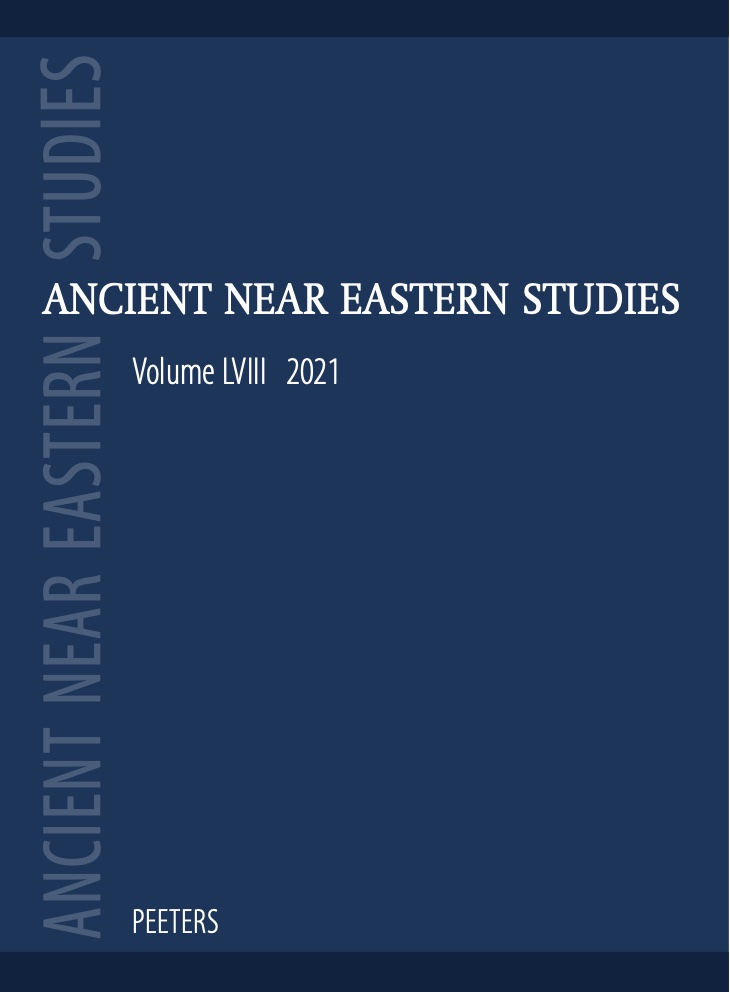 previous article in this issue previous article in this issue | next article in this issue  |

Preview first page |
Document Details : Title: Achämenidische Verwaltung und Hinweise auf sie in den Randgebieten des persischen Großreiches Author(s): KOCH, Heidemarie Journal: Ancient Near Eastern Studies Volume: 42 Date: 2005 Pages: 253-276 DOI: 10.2143/ANES.42.0.2004453 Abstract : Cuneiform tablets, written in Elamite script and language, found at Persepolis, which once were part of the archive of King Darius the Great (522–486 BC), are very informative about life in the Achaemenid Empire. They enlighten us on dignitaries and offi cials, their position and their function, and the districts for which they were responsible. Comparable to the centre of the Persian empire is the situation in the satrapies. Offi cials like treasurers and tax collectors are known from Arachosia, for instance, and administrative buildings copy constructions from Persepolis (e.g. at Tacht-e Sangin at the Oxos-river). No administrative centre in Georgia in Achaemenid times has been found so far. But the fi nd of Elamite tablets at Armavir Blur (Armenia) may suggest that there was a comparable institution in Georgia too. Some support comes from Sasanian times when a satrap by the name of Papak became »viceroy of Iran«, which at least points to the importance of Georgia held for the Persian empire. |
|


